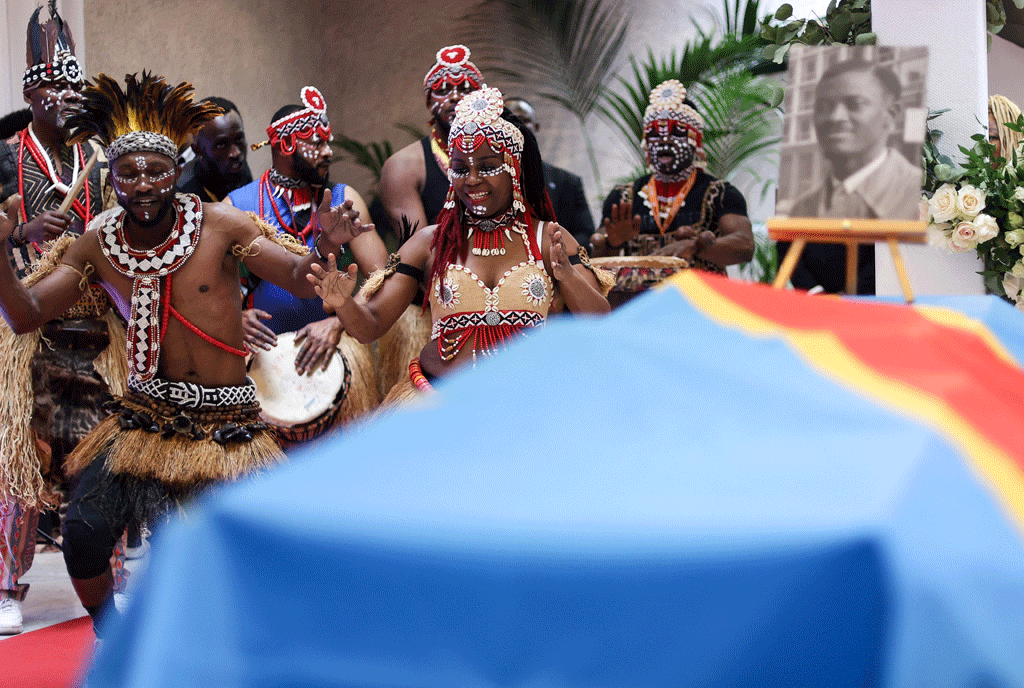Prime
Turning off Congo’s looting machine

Author: John Prendergast. PHOTO/FILE
What you need to know:
- There is an opportunity to impose accountability on the beneficiaries of DRC’s looting machine.
Last month, the Belgian government returned a gold-capped tooth that was ripped from the mouth of the Democratic Republic of Congo’s (DRC) first elected prime minister Patrice Lumumba, more than 60 years ago. Lumumba was assassinated in 1961 by a Belgian execution squad that dissolved his body in acid, taking the tooth as a “hunting trophy.”
But Belgium’s role is only part of this sordid history. DRC is a case study of how greed-fuelled transnational economic exploitation can continue for centuries. Companies and consumers in the United States and Europe – and more recently in China, Uganda, and Rwanda – have reaped enormous gains as a direct result of the Congolese people’s brutalisation. As US Secretary of State Antony Blinken prepares to travel to DRC in August, he has an opportunity to help prevent another chapter of devastating exploitation from being written.
In the late 1800s, demand for rubber and ivory led Belgian King Leopold II to turn the Congo into his own personal fiefdom. Leopold ruled with a huge private army, eventually killing millions through forced labour.
Then, when World War I drove up demand for copper, the West again used harsh tactics on the Congolese population to extract the Congo’s massive deposits. And in World War II, the US outmaneuvered Nazi Germany to seize control of the world’s most important uranium deposit – also in the Congo. The uranium used in the atomic bombs that the US dropped on Japan was extracted by Congolese who had been forced to work in radioactive mines.
During the Cold War, the US-Soviet race for uranium, copper, and other minerals led the US and Belgium to conspire to assassinate Lumumba so that they could install the kleptocratic dictator Mobutu Sese Seko.
Around the same time, the rapid expansion of cell phones, laptops, and video-gaming consoles was driving a spectacular increase in the price of tin, tantalum, tungsten, and gold – all of which are plentiful in the DRC. This new source of consumer demand generated yet another cycle of violent looting, culminating in the deadliest war since WWII. This time, Rwanda and Uganda led the plunder while multinational corporations profited. More than five million people perished. Renewed support for militia groups by Rwanda and Uganda has led to a recent spike in violence in eastern Congo, and to the possible resumption of war between the DRC and Rwanda.
Now, the expanding electric-vehicle industry is stoking global demand for cobalt and copper (key ingredients in lithium-ion batteries), raising new concerns about corruption, mine safety, and child labour issues in the Congo’s vast mines.
Because profits throughout the corruption-ridden supply chain transit through banks based in the US and Europe, there is now finally an opportunity to impose accountability on the beneficiaries of the DRC’s looting machine.
Moreover, there are signs that governments and law-enforcement authorities are finally taking the issue seriously. In late March, the US Department of the Treasury sanctioned Belgian gold dealer Alain Goetz and his global network of companies, alleging that he has “contributed to armed conflict [in eastern DRC] by receiving DRC gold without questioning its origin.”
And this move comes on the heels of the Treasury Department’s multiyear sanctions campaign targeting mining tycoon Dan Gertler, who has “used his close friendship with former DRC president Joseph Kabila to act as a middleman for mining asset sales in the DRC.”
These sanctions are the most direct attempt in 500 years to ensure accountability for looting in the Congo. Looking ahead, the US, the European Union, the United Kingdom, and others should continue escalating the pressure on influential figures in the looting system.
-- Project Syndicate




